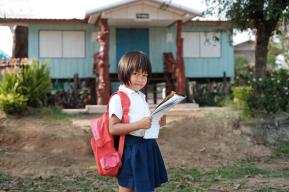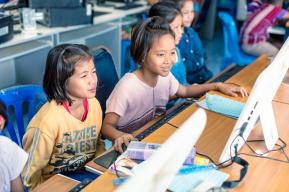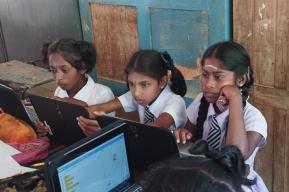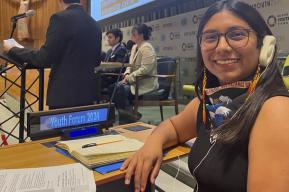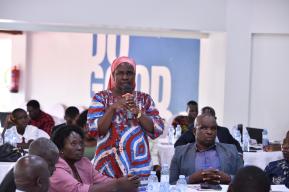News
New UNESCO report on girls' and women's right to education: “Protect her rights, strengthen your laws”

Worldwide, 8% of States still explicitly restrict the right to education of pregnant and parenting girls in their legislation, according to UNESCO’s Her Atlas.
This is only one example of the many discriminatory practices that can stand in the way of girls and women fully exercising their right to participate in, complete, and benefit from quality education.
On July 12, 2013, for her 16th birthday, Malala Yousafzai gave her first speech at the United Nations, raising a powerful voice to fight for girls’ education, after having been herself shot in the head for speaking publicly on behalf of girls and their right to learn.
Today, while Malala turns 25, the speech she gave nine years ago sounds more real than ever. Despite important progress since the first recognition of a universal right to education in the 1948 Universal Declaration of Human Rights, this right is still far from being a reality for many girls and women. Furthermore, even when it is guaranteed, it is not immune to moving backwards, as seen recently.
UNESCO has launched three years ago an online monitoring tool on girls’ and women’s right to education: Her Atlas, within the framework of ‘Her Education, our future’ initiative. The findings are summarized in a report “Protect her rights, strengthen your laws” published today marking the completion of the first monitoring phase.
The new Report intends to highlight some key trends outlined by the monitoring work, and to emphasize examples of legal provisions guaranteed by States’ domestic legislation and regulation. Reaffirming the importance of solid national legal frameworks that are rights-based, gender-responsive and inclusive, the Report covers various topics such as duration of compulsory and free education, age of marriage, gender-based violence, or right to education during pregnancy, in addition to ratification of international treaties.
As Her Atlas is regularly updated in the lead up to 2030 – the deadline set for the achievement of Sustainable Development Goal 4, this report will also be updated periodically, to reflect the changes in legislation over the world.
- Read the report “Protect her rights, strengthen your laws”
- Visit Her Atlas
- More on UNESCO’s work on the right to education
- More on the Her Education, our future initiative



